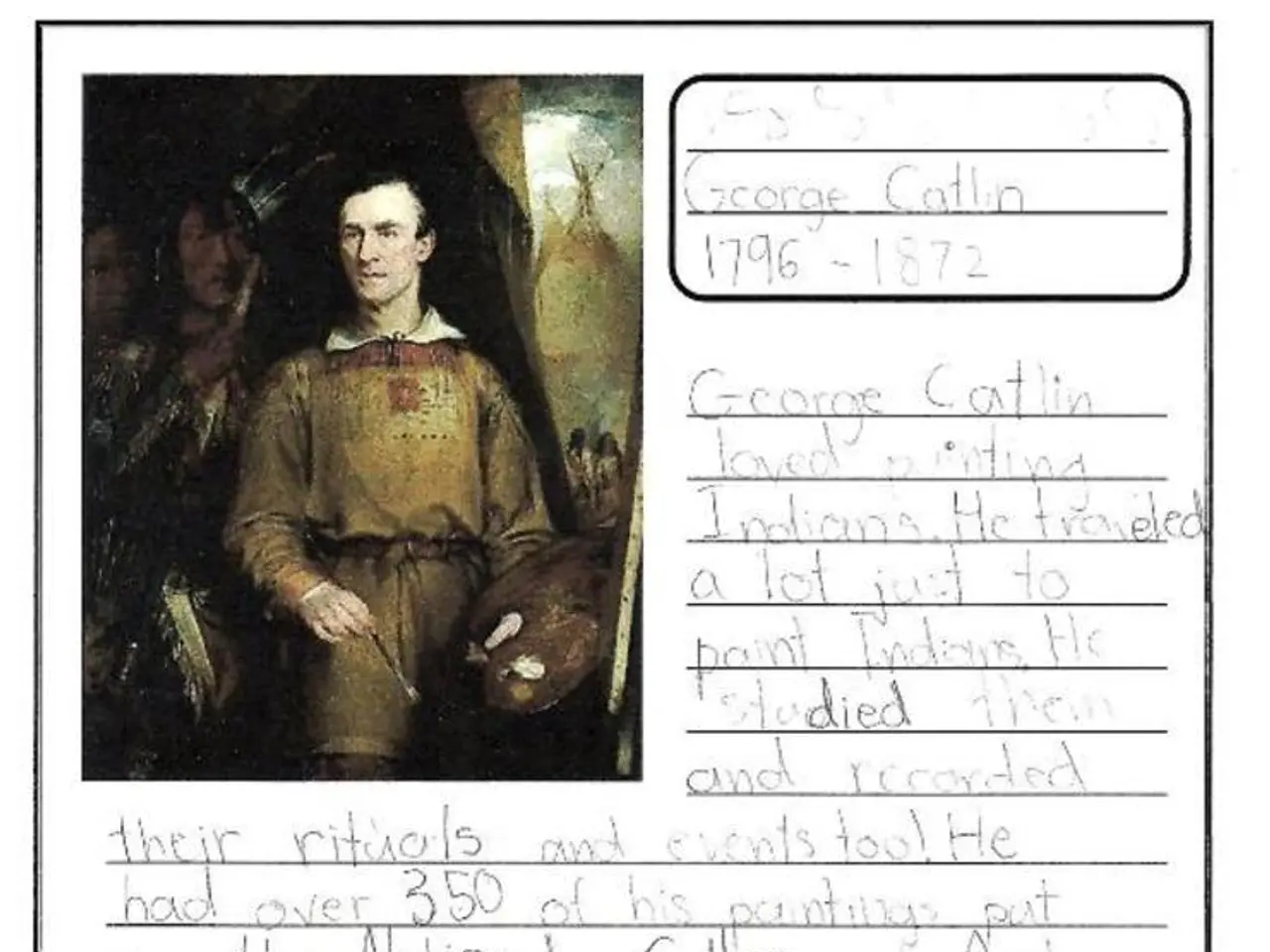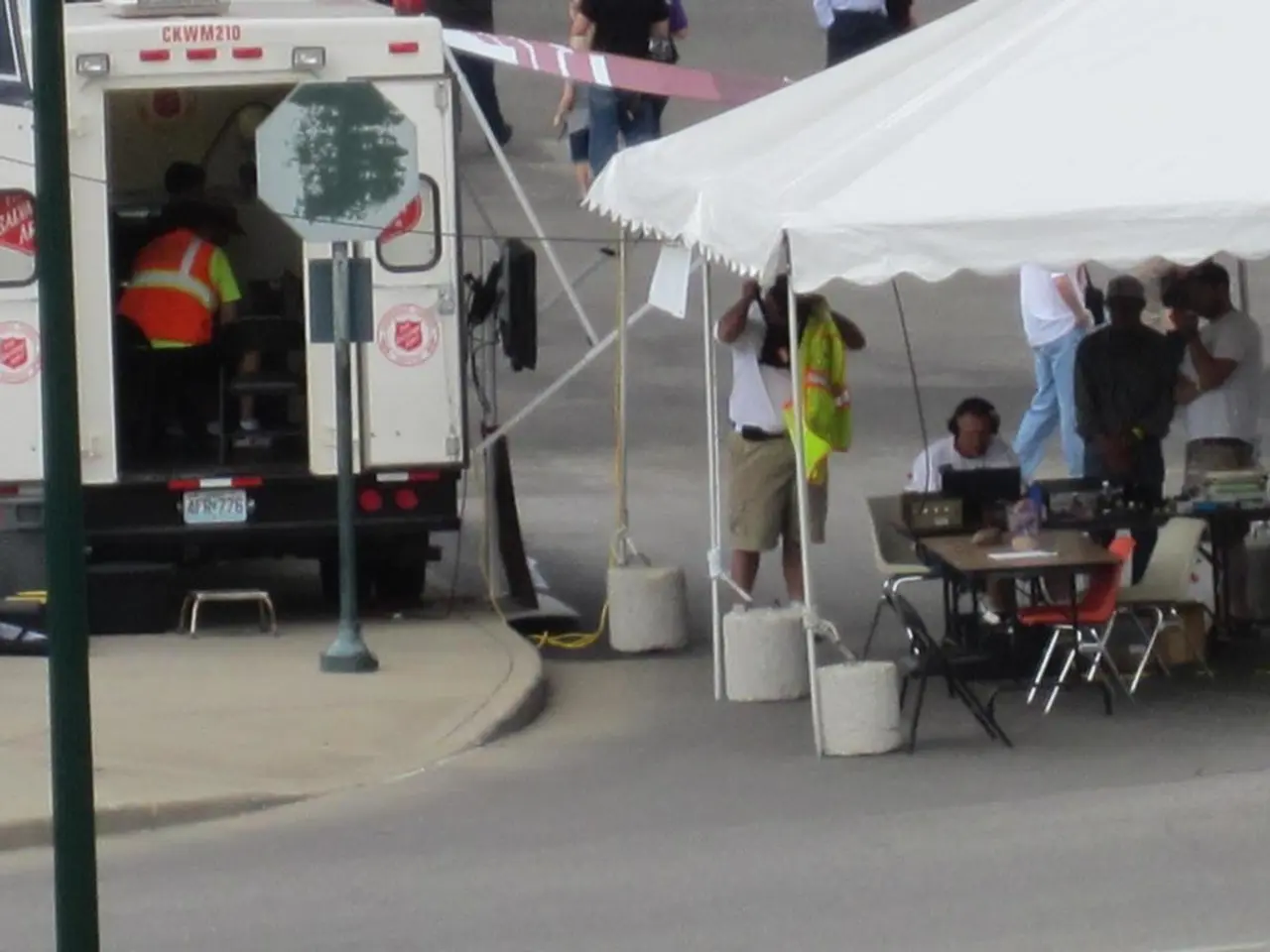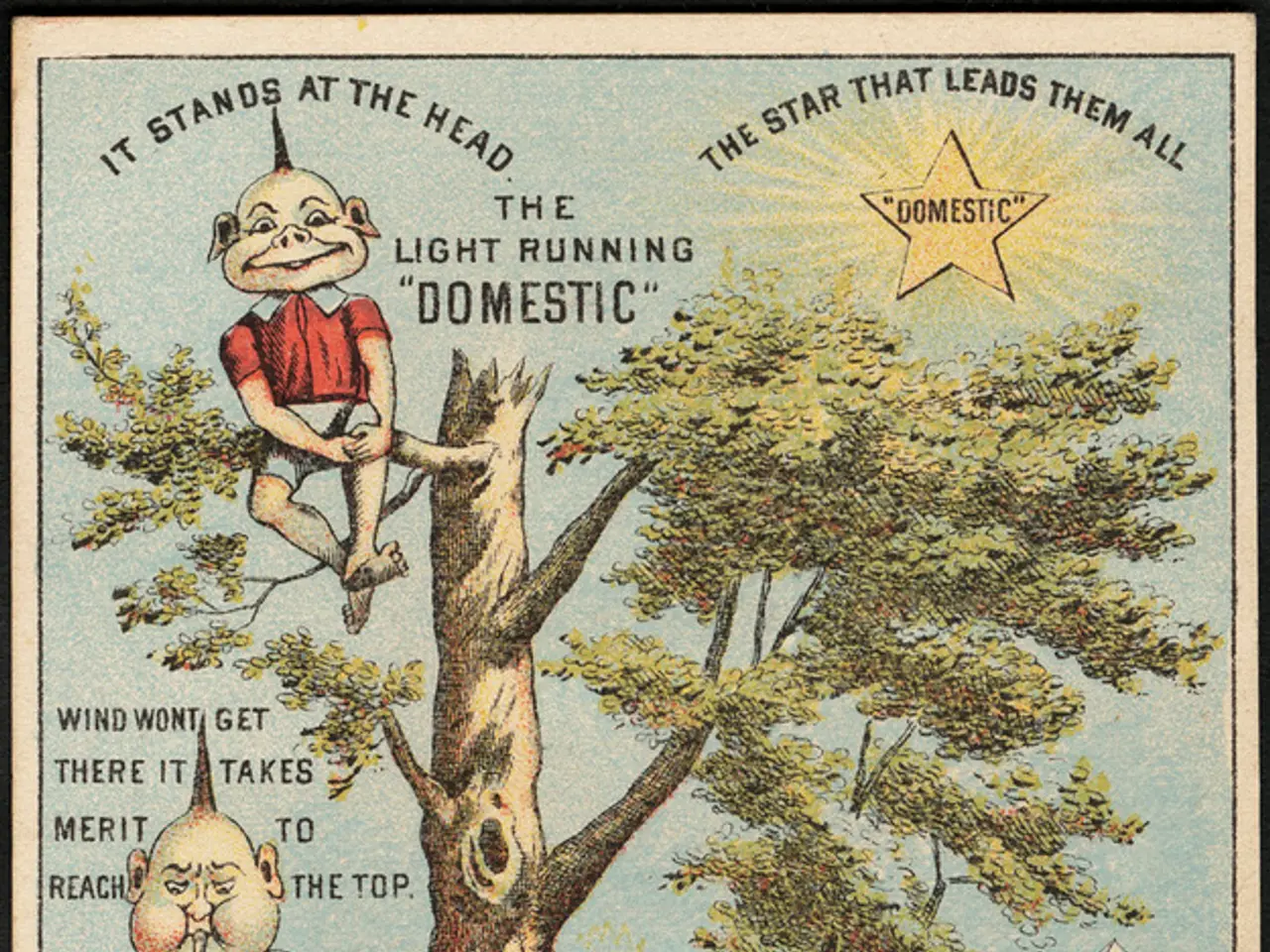The Timing of Rome's Decline: Unraveling the Mysteries Surrounding the Fall of the Roman Empire
The year 476 CE is often cited as the end of the Western Roman Empire, with the overthrow of the last Western Roman Emperor, Romulus Augustulus, by the Germanic leader Odoacer. However, this date is more symbolic than a definitive collapse, marking an important milestone in a gradual transformation rather than a sharp end.
The fall of the Western Roman Empire was a slow, uneven process that spanned several centuries. The "Crisis of the Third Century" (235–284 AD) marked a key turning point, with rapid turnovers of emperors and intense internal instability. This period set the stage for the decline, as the empire struggled to maintain its strength in the face of economic challenges, invasions, and political fragmentation.
The Western Roman Empire faced severe economic challenges due to wars, overspending, and crushing taxation, which undermined its ability to maintain a robust military. The growing threat of the Huns across Europe strained both halves of the Roman Empire, and the Western Roman Empire lost revenue after losing territories in North Africa.
Despite these challenges, elements of Roman governance and culture persisted even after 476. Some Roman structures continued in the Italian peninsula and other former Western provinces, and figures like Julius Nepos still claimed imperial authority elsewhere. Odoacer, the Germanic leader who seized control of Rome, kept most of the Roman government's structures largely intact during his rule.
The so-called "fall" in 476 led to the creation of various barbarian kingdoms on former Western Roman territory, which mixed Roman and Germanic traditions but were no longer united under a single Roman emperor. The Gothic ruler Theoderic overthrew Odoacer in 493, and the Romans seemed to feel that their empire had recovered.
However, the narrative of 476 CE marking the end of Western Rome only emerged thanks to the Constantinopolitan chronicler Marcellinus Comes, and much of what he wrote was a fabrication. The first mention of the end of the Western Roman Empire did not come until the late 510s, when Marcellinus wrote in his Chronicle that Odoacer had caused the Roman Empire to "perish."
While the Western Roman Empire may have effectively ceased to exist in the traditional sense, its legacy lived on. The Eastern Roman Empire, or Byzantine Empire, continued for nearly another thousand years until 1453, preserving Roman administration, law, and culture. The Roman Republic, a political structure designed with a system of checks and balances, distributing power among elected officials, laid the foundation for the Roman Empire that expanded across Europe and beyond starting in 27 BCE.
In conclusion, 476 CE marks an important symbolic milestone—the end of centralized Roman imperial rule in the West—but historians view it as just one stage in a gradual transformation rather than a sharp end. The Western Roman Empire "fell" over centuries of instability starting well before 476 and laying the groundwork for medieval Europe.
- Despite the fall of the Western Roman Empire in 476 CE, elements of its governance and culture persisted, with some Roman structures continuing in the Italian peninsula and other former Western provinces.
- The gradual transformation of the Western Roman Empire was marked by numerous factors, including war-and-conflicts, such as the growing threat of the Huns, economic challenges, and political fragmentation.
- The fall of the Western Roman Empire set the stage for the rise of various barbarian kingdoms on its former territory, which mixed Roman and Germanic traditions but were no longer united under a single Roman emperor, signifying a significant shift in general-news and politics.








